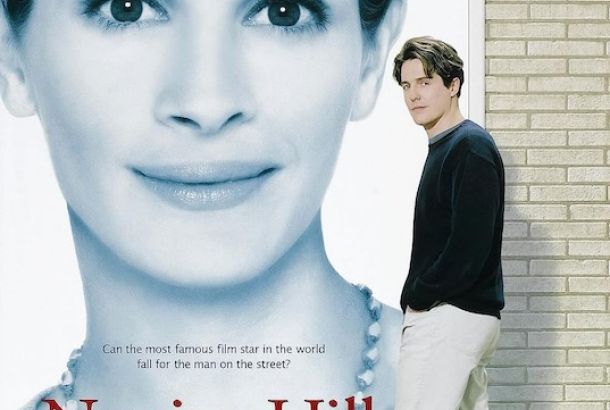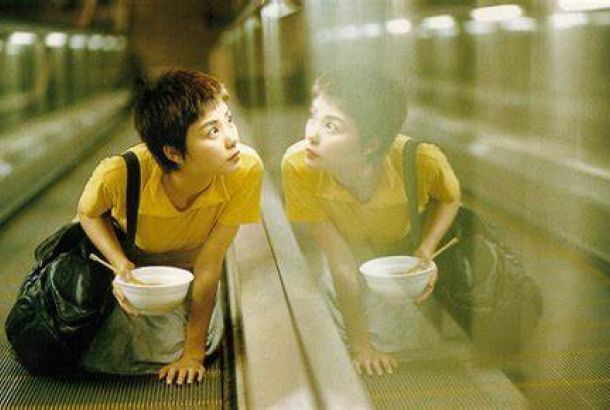Interview: Dolby Cinema’s Julian Stanford
By Tobias Soar

For the launch of the new Dolby Cinema room at ODEON Trafford Centre, I had the opportunity to sit down for a chat with Julian Stanford, Senior Director of Business Development of Dolby Europe. In other words, Julian is responsible for their expansion throughout Europe. A film buff at heart, and a member of the British Academy of Film and Awards (yes, the BAFTA), he explained what makes Dolby the new industry standard for viewing Hollywood films.
To kick off the conversation, I asked Julian a difficult question: What’s his favourite film solely because of its sound design? Surprisingly, in the year of Bohemian Rhapsody and Rocketman, whose soundtracks really shine on Dolby Atmos sound, Alfonso Cuarón’s Roma was his answer because of its unique sound. Ironically, he said, Roma was meant to be seen in cinemas, particularly Dolby-equipped cinemas, because Cuarón built a soundscape which tells a story as waves crash on the beach and the chatter of the streets fill the room. This was one of the reasons why Roma’s short cinema run was so scandalous — it was meant to be seen on the big screen yet Netflix pulled it from cinemas in mere weeks.

From the Dolby 2.1 surround sound stickers on the back of DVD boxes to fully equipped Dolby Cinemas, I wanted to know why Dolby is the film industry standard for sound. Since 1978, Dolby as a company has won 15 technical Academy Awards because of their developments in the field of sound. This journey has led to today’s Dolby Atmos technology, a three-dimensional soundscape achieved by the placement of speakers behind the cinema screen, above the viewer, behind them, and, of course, to either side of them. Surprisingly, India is the country with the most cinemas equipped with this technology.
Sound engineers and directors can work with Dolby’s tools, forgoing the traditional stereo sound channels in favour of being able to place up to 108 unique objects in a three-dimensional space. For this very reason, Ridley Scott prefers to use Dolby Atmos to “creep the sound over the audience” as a tool to build tension.
This led us to the three pillars of Dolby Cinema: Studio-grade Dolby Atmos sound, Dolby Vision projection, and the design of the room itself.
Dolby Vision is a dual-laser 4k resolution projection system. Simply put, the image produced is much brighter than standard DCI projection systems, the contrast levels are 1,000,000:1, which makes black levels truly dark instead of humble grey. Furthermore, Dolby Vision is a post-production process, which means that any film, new or old, can be remastered in this crystal-clear format.
The design of the room is what completes the experience, requiring a completely new cinema room to be built with reclining leather seats and anti-reflective surfaces to complete the experience.
This experience is what leads Julian to believe that streaming isn’t a threat to cinema. While John Cooper and David Courier of Sundance believe that cinemas and streaming services go hand in hand to distribute films, Stanford argues that as home entertainment experiences become more advanced, cinemas need to stay ahead of the curve to provide an unparalleled collective experience which is worth getting out of the house for.
“Forgive my crude analogy” he says “but it’s like religion; if you believe in God, you can pray anywhere, even at home. However, nothing compares to the experience of praying in conjunction with other people at a cathedral.”
I can honestly say that I agree with Julian, the magic of the collective experience of seeing a film at the cinema is almost impossible to top at home. After our chat, I got to see Ad Astra in the brand new Dolby Cinema room at Trafford Centre in the glory of its smell of fresh leather and made up my mind: the hype is worth it.
The Dolby Cinema is clearly meant to be the upper echelon of the cinema-goer’s experience; it’s where you have to go see big budget films as they’re intended to be seen. The sound experience is what I particularly enjoyed, with the hair on the back of my neck standing on end as the bass rumbled and the sound enveloped me. That said, I won’t expect to see niche horror or A24 films at the Dolby Cinema anytime soon.
And, you know what? That’s totally fine, big budget films may as well be seen in all their glory anyway.







